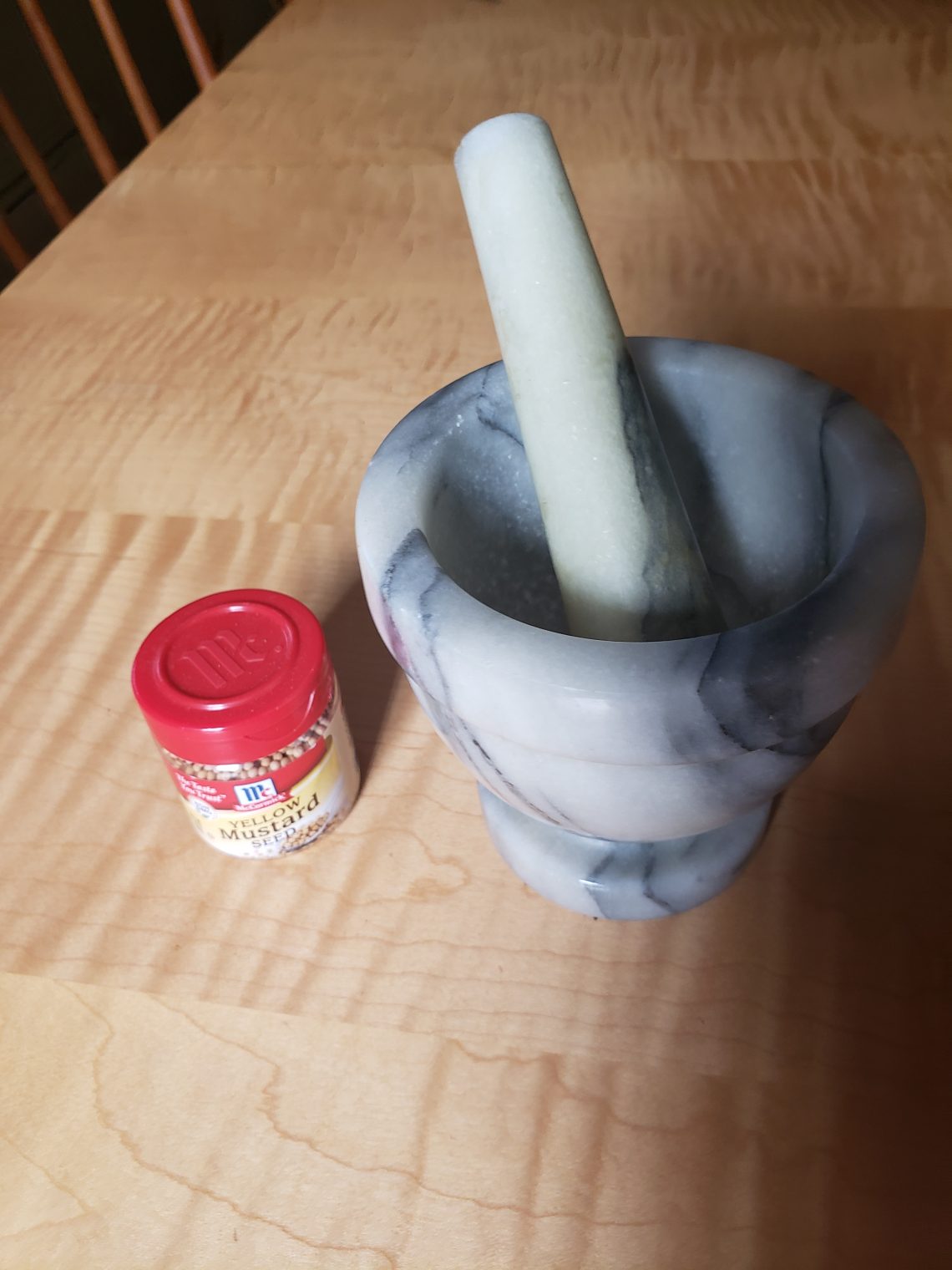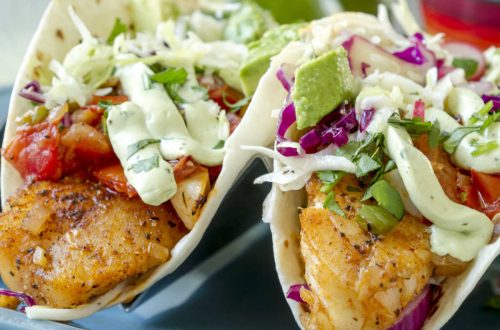
Making Do in the New Normal
The supermarket shelves are slowly getting back to normal. At least in the supermarket I frequent, flour, yeast, and of course TP are generally on the shelves. Still, some items I need are persistently out of stock: plain gelatin powder, ground mustard, and farro. In addition, frozen peas and my favorite ice cream flavor are in short supply or simply not there.
We all adapted at the beginning of this pandemic to shortages prompted by hoarding and the limits of the food supply chain. But what happens if we face another round of outbreaks this fall? Even in the very best scenario, some shortages are likely. Already, hurricanes have struck the shrimp and rice regions of Louisiana and Texas amidst the harvest. Meatpacking plants are under-reporting outbreaks. Bad harvests are reported for Colorado peaches, and Maine blueberries suffered early summer frosts followed by a drought. And in the Salinas Valley in California, workers dealing with a mask shortage are harvesting amid record temperatures and smoke from wildfires.
Planning ahead for substitutions
What to do? Since I try to plan ahead with weekly menus, I arrive at the store with a complete shopping list. If I can’t find an ingredient, I have to figure out a substitute to avoid another trip. In most cases, I have come up with a workaround. When I needed plain gelatin for a strawberry mousse, for example, I Googled “gelatin substitute” on my smartphone, and up popped a suggestion of pectin. (Add a little extra sugar, and you get the same result.)
If you have the same experience, just take out your smartphone, go to your favorite search engine, and type the name of the item followed by “substitute.” “Farro substitute” turns up spelt. “Mustard powder substitute” suggests either preparing your own by pounding mustard seeds in a mortar and pestle or using prepared mustard, with a recommended matching quantity. If experience tells you that you might not find a certain flavoring at the store, you can arrive prepared to pick up something else with a suggestion from Spicography as it relates to spices, oils, and sweeteners.
Considering canned goods
While I’m thankful for the steady improvement in supply, I’m concerned about the impending fall and winter, based on my experience growing up on a farm where occasionally, bad things happen to crops, animal herds, and the people tending them. Back then, lacking fresh fruit and vegetables, we used canned goods from our well-stocked pantry – and it was actually not bad. My grandmother was known for her 24-hour salad made with canned pineapple, apples, nuts, bananas, chopped marshmallows, and of course Jell-O, topped with whipped cream. Don’t knock it till you’ve tried it.
Plus, I continue to read about potential problems with our fragile food supply. That’s one reason I try to buy as much as possible from local suppliers: farmers’ markets that not only stock fruits and vegetables, but also locally raised meat and poultry, and our fishmongers. I’m also thankful for the output of my garden, and I am planning meals around the remaining tomatoes and peppers still ripening as the growing season winds down. And I’m stocking up the freezer.
But most of all, I think of what this means for you, my reader. I was reminded of this when I reflected on this essay by Adrienne Varklani. As she notes, we all relate in some degree the food that we prepare for our families as a way of showing love and affection. But this outbreak makes those connections difficult for any number of reasons. I, like this writer, find the advanced planning a way of making the future a little better. I know that there’s something to look forward to tomorrow and the next day.
How about you? How are you navigating the problems of the new pantry normal and the pandemic in general? What are you doing that makes you look forward to tomorrow?




